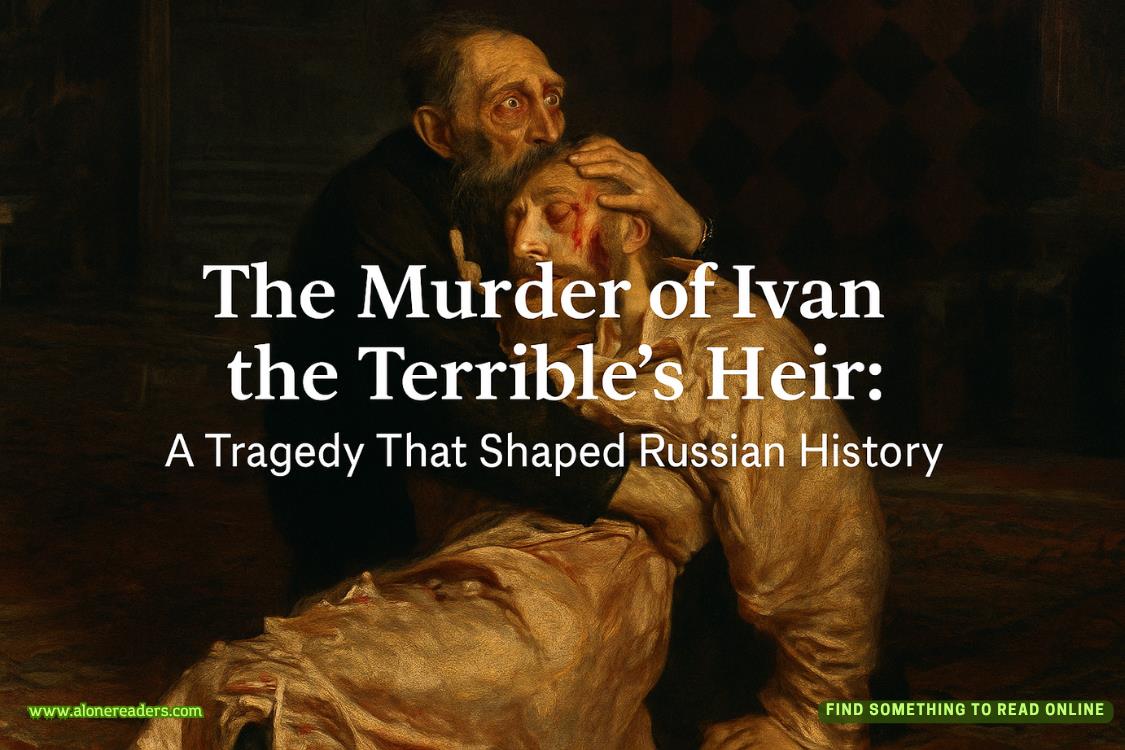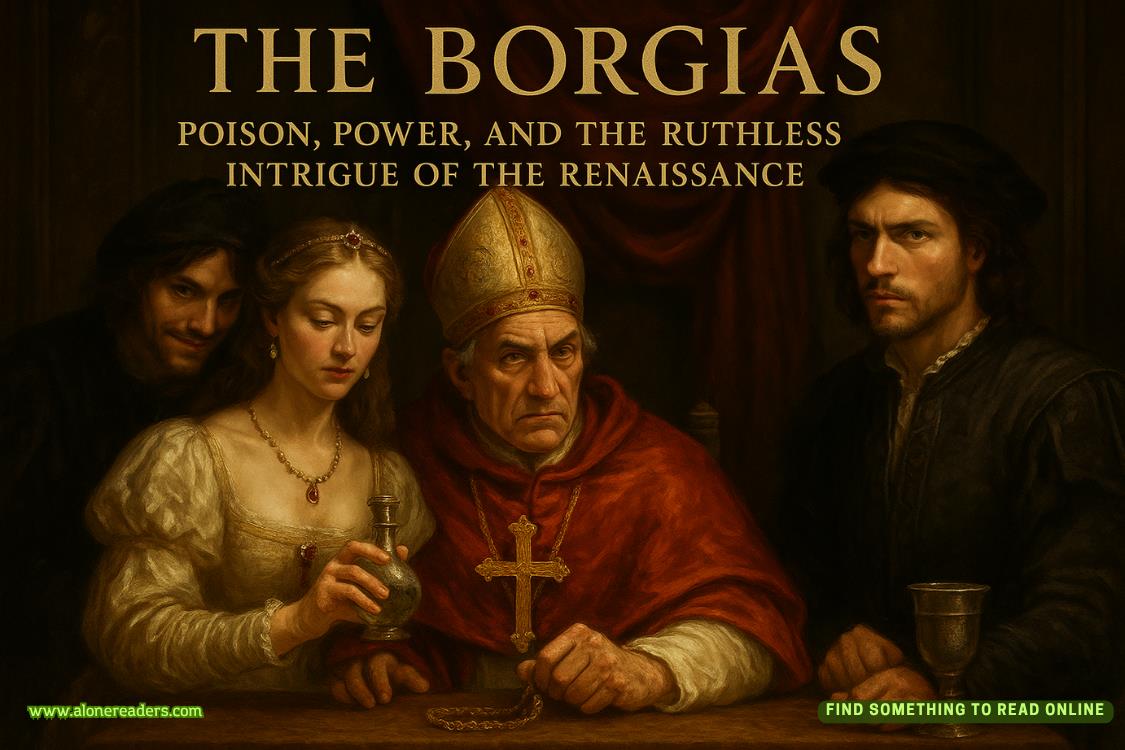Page 224 of DATE
Now that the troublesome little rascal was gone, she certainly needed to thank Atalante when she returned.
“I have a feeling you’re angry with me,” Da Vinci noticed the change in how she referred to him and the distance between them, but he didn’t dare to approach her recklessly. He lowered his voice, adding, “I hope to regain your trust... Hedy, I’m not that foolish.”
She raised a smile and glanced at him, responding with an indifferent hum.
Da Vinci sensed she hadn't truly let down her guard. He lowered his head and took out a slightly squished bunch of yellow daffodils, sighing as he considered throwing them away.
Hedy instinctively stopped him, gently taking the flattened flowers from him and murmuring a quiet thank you.
Da Vinci froze for a moment and then smiled like a child.
"I’ll be better," he said seriously, as if worried she would leave again in haste. "Please give me some more time."
She remained silent for a few seconds before nodding.
Well, she could wait a little longer... and see.
However, Da Vinci had no idea how to court a woman.
Although he had handled plenty of orders from noblewomen in the past and was meticulous in his work, this kind of task, which required him to close the distance between them, left him awkward and unsure where to begin.
If it were Sarai, or something else he was passionate about, expressing his feelings was easy—he’d buy all kinds of shiny trinkets, luxurious soft shawls, or expensive jeweled silver candlesticks.
He was clumsy and stubborn, unable to express affection like the smooth-talking men who knew how to charm.
But Hedy... she clearly didn’t need many gifts.
He didn’t even know how to get closer to her.
So when Da Vinci realized Botticelli was still around, he felt an immense sense of relief inside.
However, Botticelli hadn’t only returned from Rome after completing the frescoes for the Sistine Chapel, but he had also grown into a more established and esteemed artist, with a young boy now by his side.
What was even stranger to Hedy was that, despite her usual coldness and distance toward Sarai, she would smile warmly at the boy and even kiss his cheek when she saw him.
When Da Vinci first noticed this, his immediate reaction was to doubt Atalante’s earlier analysis, thinking that it must have been nonsense.
Why did she—like that child so much?
She had even made him a new pair of socks—something she had never received herself!
The artist, watching the boy being playfully held and laughed at, suddenly understood a little of the feeling he had when he wanted to get rid of Sarai in the past.
She wasn’t even smiling at him anymore... Why should that new little boy get so much affection?
Taking advantage of a gap in time, Da Vinci made his way to Botticelli’s studio.
The handsome young artist was leaning by the door, basking in the sunlight. When he saw his friend, he looked up and smiled, "How's Milan?"
Da Vinci had many questions to ask him, but he started with, "That boy—what’s going on?"
"Raphael? I was just about to talk to you about him," Botticelli turned, leading him into the studio. He greeted the boy sitting on a high stool, diligently working on a line drawing, then gestured to two paintings nearby. "What do you think?"
Da Vinci paused, his eyes wide with surprise and focus. "Did he draw these?"
The sketch beside him was not only accurate in its contours and balanced in its lines, but with just a few strokes, it captured the character’s expression and the folds of the crown with remarkable clarity.
— How did a three- or four-year-old child manage to create such a mature piece of work?















